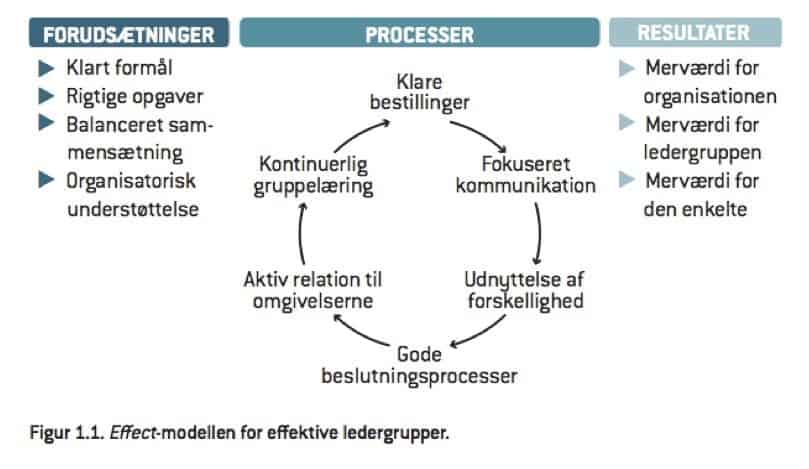Working strategically with HR means building organizational capabilities that are crucial drivers of business performance. HR has the business insight and people knowledge to drive this but there are barriers to overcome before HR can take the lead and help organizations build effective leadership groups.
A high paced business environment puts pressure on our organizations
We work in an increasingly complex and fast changing business environment, which puts high demands on our ability to coordinate, collaborate and innovate across business areas and groups. It is not only the way we do business that has picked up speed, our talented employees also move faster than before, and our cohesion based on people and relations is challenged by a higher demand for talent and a high turnover of employees. We need to widen our perspective and focus both on individual talent and on the good productive processes in our organizations that are indifferent to individual talent and regardless continue to ensure high performance.
A shift from talent to organization
In the past years, we have seen a shift in management and HR literature from a focus on individual talent development and “winning the war for talent” to a more collective and organizational focus on capabilities and “victory through organization” as the latest book from HR guru David Ulrich is titled. This shift is based on years of research that point to the fact that what drives high performing organizations is not just the performance of individual talents but it is what organizations do with the talent that separates the successful organizations from the less successful. In HR, we see this development in a number of ways e.g. by incorporating a collective networking element in talent development and by designing talent programs that have a very clear connection to organizational strategy and business results through action- based learning in teams.
A new focus on effective leadership groups
Research on the effect of leadership comes to a similar conclusion. Previously, there has been a massive focus on the effect of the individual leader but now, without neglecting the importance of having a strong versatile personal leadership style, the importance of having effective leadership groups in the organization has also been acknowledged, researched and well documented.
In the book “Effektive ledergrupper” by Bang, H., Middelfart, T., Molly-Sølholm, T. & Elmholt, C. (2015), the authors have developed the effect-model, an input-process-output model with 27 factors that have proven to be determining for effective leadership groups. The inputs are relatively stable and act as a framework for the way leadership groups work, e.g. making sure the purpose of the leadership group is clear and that the group prioritizes the right tasks. it seems simple but has often proven to be difficult in practice. The processes however are dynamic factors that occur when leadership groups actually come together and work, how they communicate, how they make decisions and continue to learn and improve their own practice. The output factors represent the organizational value created by effective leadership groups.

The model can help leaders pinpoint what it takes and how we can work with building effective leadership groups. Unfortunately, most leadership groups do not have the tools or competences to develop their own practices and ensure continuous learning as a group. In most organizations, feedback and “meta-communication” about how we work in groups is not part of the organizational culture and simply not something we are used to doing. It feels unfamiliar and it may for some even feel uncomfortable and most leadership groups are too busy with running the business to take the time to reflect on their collaboration within the group.
LEDELSE I PRIVATE VIRKSOMHEDER
Få skræddersyet et forløb, der løser de udfordringer, som i står overfor nu – og i fremtiden
Vi hjælper med at skabe forretningsmæssige resultater ved at udvikle jeres ledelseskapacitet, hastighed og fleksibilitet. Det gør vi ved at trække på ny forskningsbaseret viden om, hvad der virker, kombineret med mange års erfaring med resultatskabende ledelse i andre private- såvel som offentlige virksomheder.
Does the work with leadership groups fall between two stools?
The capability of “ensuring continuous group learning” is something that needs to be trained and maintained through repetitively discussing and evaluating the group practice, but who supports leadership groups in building this capability? A concern here is that HR has not yet widened their focus from a more traditional one-to-one coaching and sparring with leaders about personal leadership challenges and specific leadership issues with staff to including a more collective coaching and facilitation approach to developing leadership groups.
Another concern is that leaders of leader groups have no yet fully adapted the leadership pipeline research inspired idea that developing the team and the leaders in the organization should primarily be the job of the leaders and not so much something, you delegate to HR. It could seem as if the development of leadership teams and groups is at risk of falling between two sets of stools: The individual and the group – and the HR department and the team leaders/ upper management.
The role of HR in building effective leadership groups
The shift from individual competences to organizational capabilities is difficult to make and there are numerous barriers in making such a shift. One barrier is that HR is simply not invited to participate in leadership meetings in the organization. This is not about HR having a seat at the table, it is about bringing HR to the table as experts who can facilitate and provide feedback to the leaders as a group, on group behavior, practice and development. Leadership group learning has a significant business impact especially by strengthening the cross functional collaboration within and between teams, and HR can help build this capability.
Inviting a third-party partner into meetings would also help build an effective and strong meeting culture in the organization, which is something a lot of businesses struggle with. If this capability is not developed in leadership groups, it causes a large loss of efficiency not just for the organization and the group but also for the individual leader, who feels she is wasting her time. Having efficient meetings is good business and something that needs to be nurtured and worked on in every meeting.
Another barrier is that HR sometimes struggles to document the effect of their work with organizational development and many leaders fail to see the full value of HR involvement beyond the HR operations (e.g. recruitment) and day-to-day sparring with leaders. Working with organizational development means building capabilities that are crucial drivers of business performance. Leadership capabilities is such a driver and working with building effective leadership groups on the basis of a research-based model as the effect-model means directly linking organizational HR work with leadership development in groups to how the business performs.
Using a well-documented model brings leverage to HR arguments and helps HR identify the most relevant areas to work with in developing effective leadership groups. It saves resources in the analysis, it pinpoints exactly what to work with and makes it easier to develop leadership training that makes a difference in performance. Working systematically with a model not only builds leadership capability but also provides a foundation for HR to develop their own area of expertise and work with the building of individual leadership competencies as well as building organizational capabilities. All because it is good business.
How to:
- Have a conversation with top management in your organization about the importance of effective leadership groups using a well-documented model
- Asses the current state of leadership groups in your organization and prioritize your efforts. Self-assessment by leaders is the best way to go
- Make the building of effective leadership groups a KPI for the leaders of leaders in your organization
- Make HR the facilitators of leadership groups ensuring effective meetings and continuous group learning and connecting individual leadership development with that in groups
- Share the good stories about how your leadership groups make results and reward accordingly
Additional reading
- Ulrich, David (2017) Victory through organization. McGraw-Hill Education Kaplan & Kaiser (2006) The Versatile Leader. Pfeifer/Wiley
- Bang, H., Middelfart, T., Molly-Sølholm, T. & Elmholt, C. (2015) Effektive ledergrupper. Dansk Psykologisk Forlag




